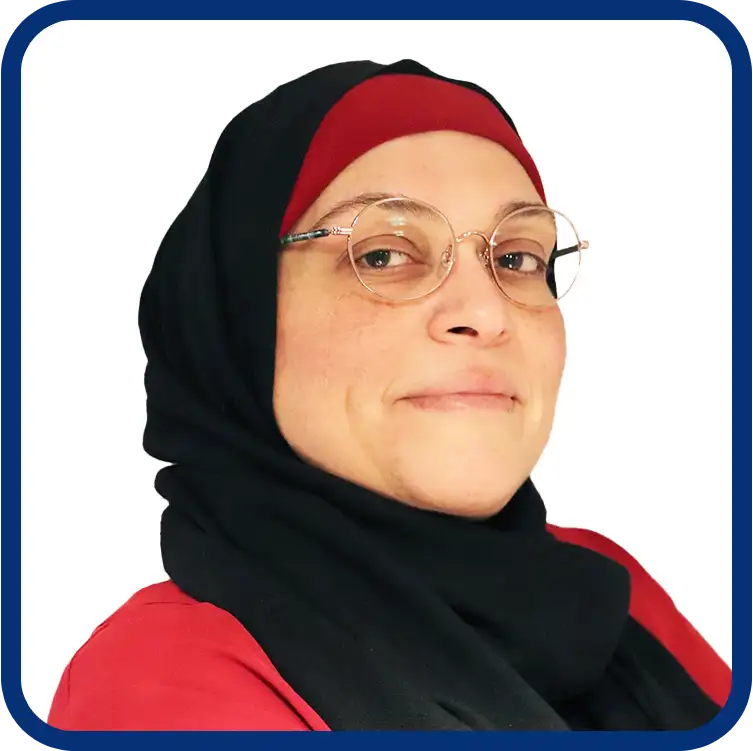Tissue regeneration strategies are crucial treatment modalities in dentistry, encompassing guided tissue regeneration for periodontal treatment, sinus lifting for osseointegration around implants, and most recently, endodontic regeneration therapy. Despite the success of these modalities, infection control remains a significant challenge. The use of systemic antibiotics for infection control and prevention prior to or following dental procedures accounts for 10% of global antibiotic prescriptions annually. Given the global challenges of antimicrobial resistance and environmental sustainability, our research group has focused on developing and assessing alternative antimicrobials for clinical application in regenerative dentistry.
Effective tissue regeneration requires a triad of suitable regenerative materials, relevant stem cells, and effective molecular cues to drive cell differentiation. In dental tissue regeneration, eradicating infection and maintaining infection control add additional requirements to this triad. Thus, the regenerative material must achieve the dual goals of providing an antimicrobial effect while maintaining a cell-friendly environment.
In this lecture, I will share the journey of my research group in investigating a range of natural (e.g., pectin, anacardic acid, cranberry extract) and synthetic (e.g., graphene oxide, quaternary ammonium compounds (QACs), silver nanoparticles) alternative antimicrobial materials for regenerating dental tissues. I will particularly focus on their applications in implant dentistry and regenerative endodontics.
